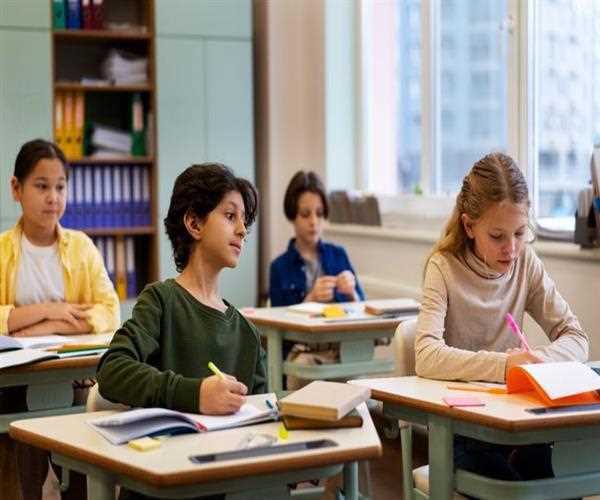Schools use a number of tactics to educate their pupils, in order to prevent and solve conflict in the proper manner. One approach is to make sure students learn how to communicate effectively in the situation by following some rules e.g, active listening, or by using ‘I’ statements. This makes students open their feelings without pointing fingers at others which may help to defuse negative energy and increase the possibility of empathy in school.
Apart from communication, schools concern themselves with teaching their students about empathy. Teachers make students listen to different opinions, making them have empathetic skills in their persona. This allows the students to appreciate why people have anger or other kinds of feelings as a result of a conflict and allows the students to take gentle action as opposed to resentful action. Such practices make the school environment better.
Another technique which can be considered here is the use of peer mediation programs. In such programms, students are taught how to help their peers solve these problems, and hence you get hands-on practical solutions and—in the process, students are empowered by being given a role to play in solving the problem. Peer mediation promotes synergy as well as fixes practices that are considered equitable and acceptable by the parties. That is true, it also teaches leadership and responsibility.

Conflict resolution education also entails learning of how to negotiate. Students are taught how to look for compromise and nurture an outcome that is helpful to all the involved parties. This way is about searching for the ways that can benefit both sides, and, thus, discourage one from being offended and resentful toward another.
Lastly, schools apply restorative justice, which is an approach of resolution of conflicts during studying that explicitly aims at the restoration of the harmed parties. It may therefore entail facilitated meetings where all stakeholders who have been engaged in a particular conflict sit and narrate their version of what happened alongside the next steps to avoid a repeat of the conflict. This holistic approach enables students to come to account as well as enhancing school communities.
Conclusion
In conclusion, It is agreed that conflict resolution should be taught in schools so as to support and enhance cooperation. When we involve, for example, communication skills, empathy, peer mediation, negotiation skills and restorative practices, schools equip children with the ability to handle conflict with the ability to resolve it in a positive way. They not only solve current conflicts but also give children lifelong skills of negotiating, understanding and appreciating others. Finally, enabling the students to resolve conflicts appropriately develops better school communities to face difficulties in and outside learning institutions.